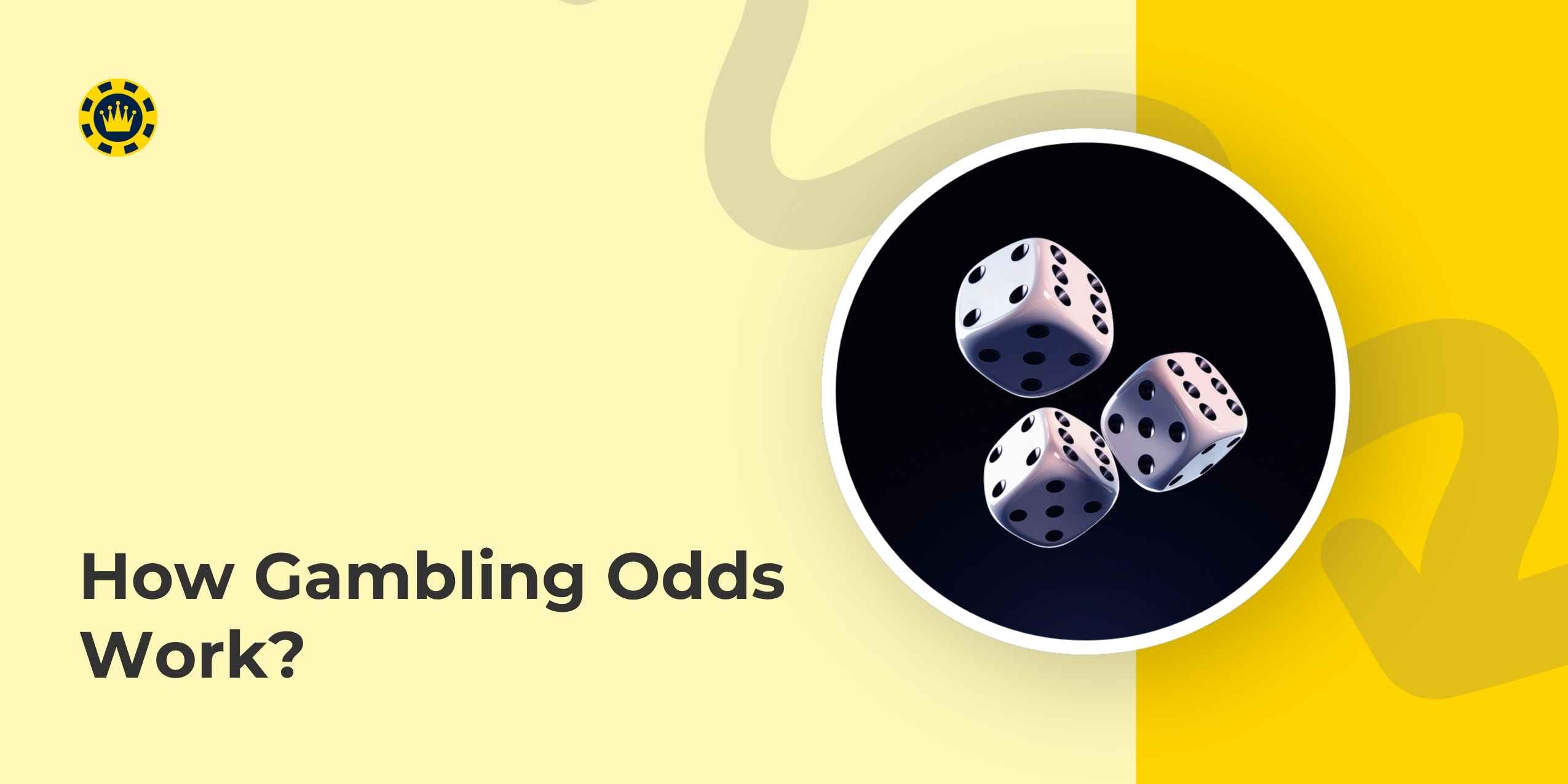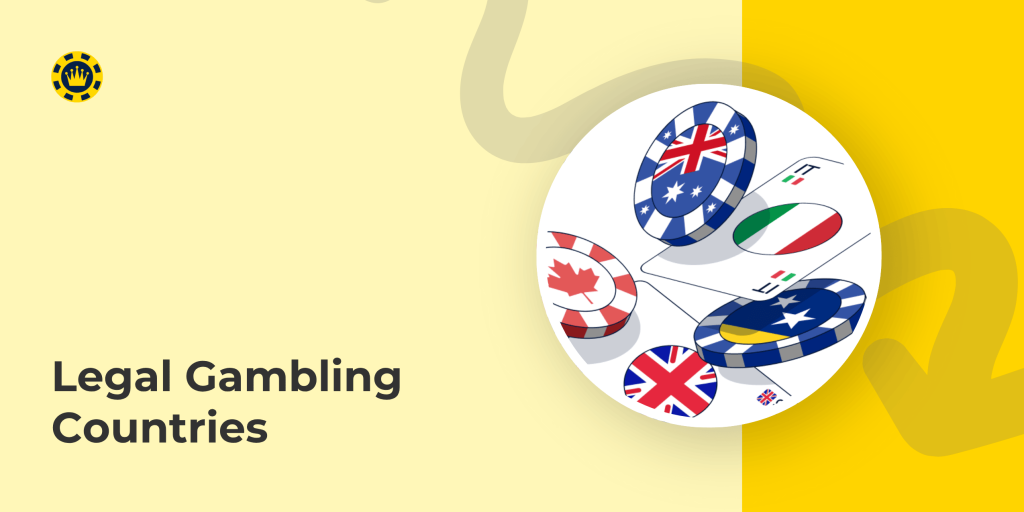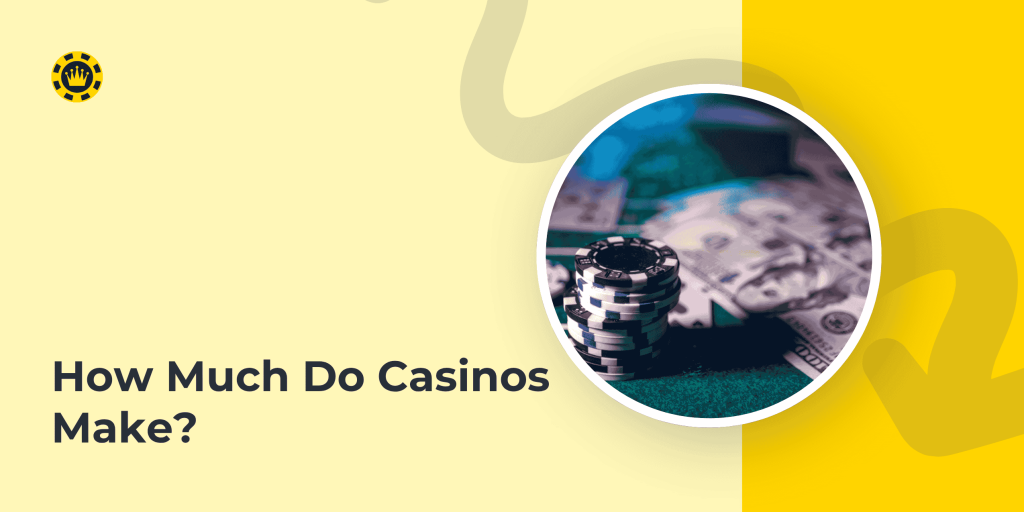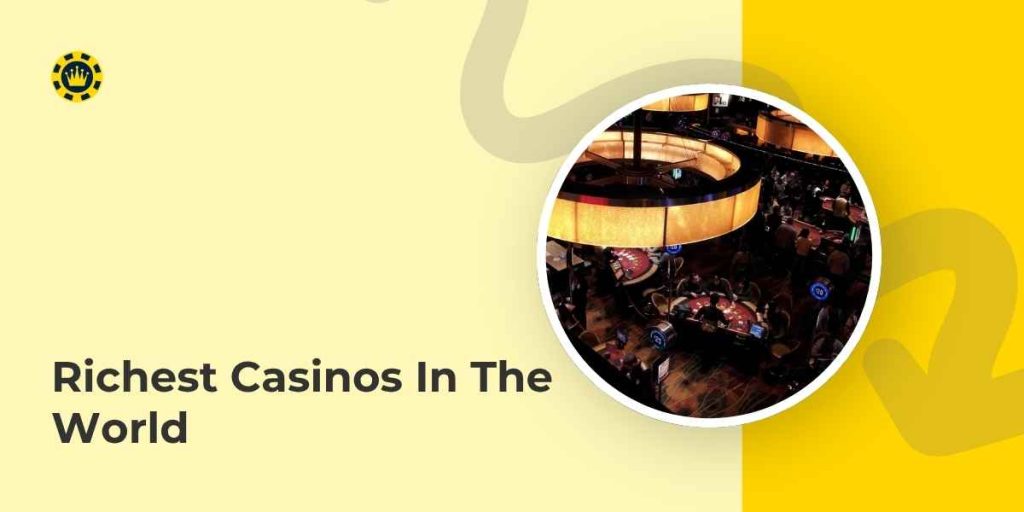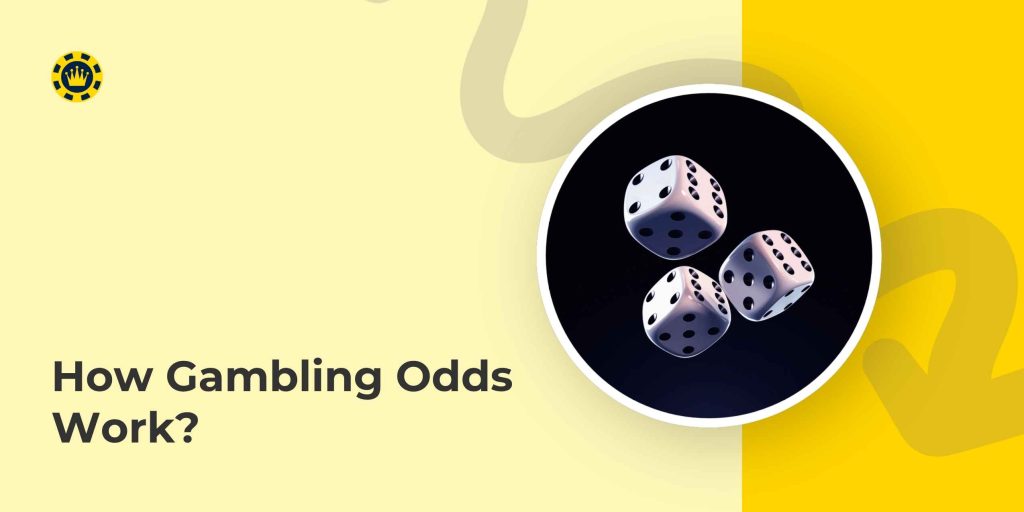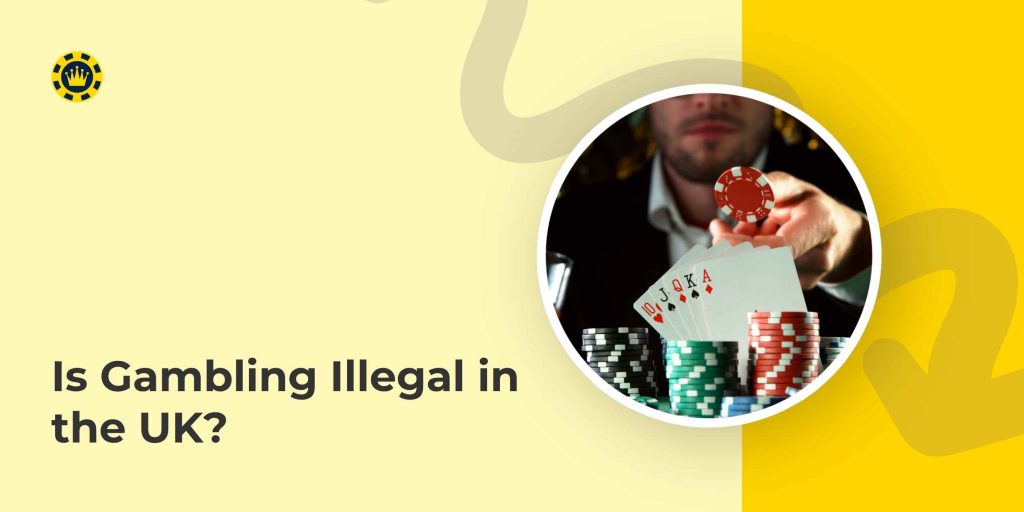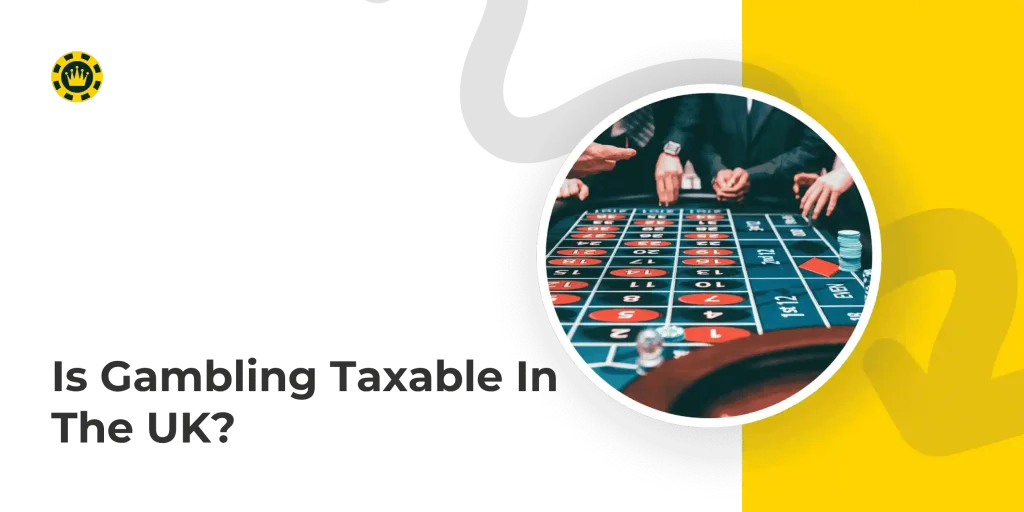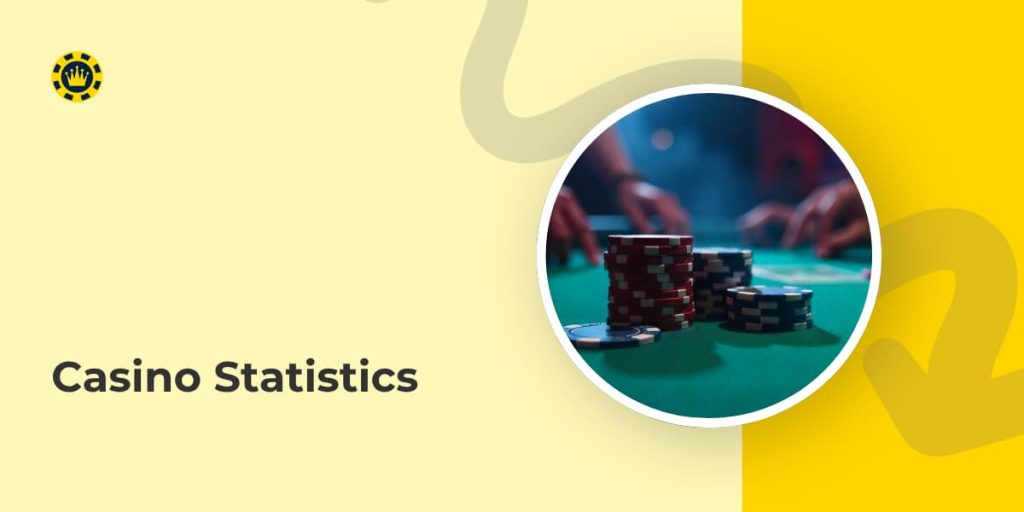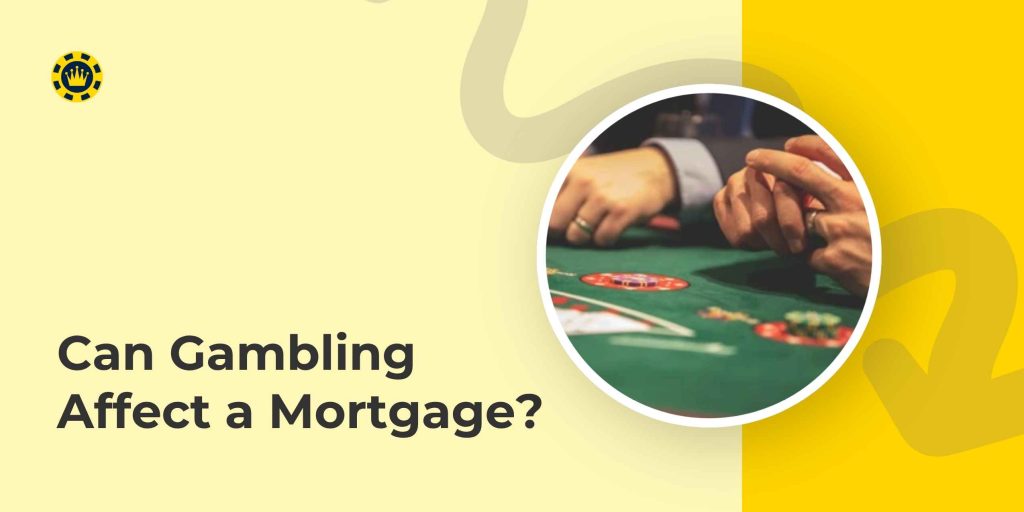Gambling odds like 3/1, 1.50, or odds 10/11 often look complex to beginners. With so many formats and numbers, knowing what’s fair or valuable isn’t always obvious.
At the core, odds show how much you could win and how likely the bookmaker thinks it is. A clear betting odds explanation helps avoid poor value and risky bets.
This guide breaks down how do betting odds work, how gambling odds are set, and what bookmaker odds explained really means for your wager.
Quick-Gambling Reference Glossary
Confused by betting lingo? Here’s a quick-reference glossary to help you decode the most common gambling terms in seconds:
| Stake | Your original wager amount. |
| Profit | Money won, excluding your stake. |
| Total Return | Stake + Profit. |
| Even Odds (“evens”) | Fractional 1/1 = Decimal 2.00 = 50% implied probability. |
| Long Odds | High payout, low probability (e.g., 100/1). |
| Short Odds | Low payout, high probability (e.g., 1/5). |
| Vig/Juice | Bookmaker’s built-in margin, which skews odds slightly away from true probability. |
| Value Bet | When your estimated probability of an outcome > implied probability from the odds. |
What Are Gambling Odds?
Betting odds are numerical representations that bookmakers use to indicate the probability of a particular outcome. They establish the ratio between the amount staked by the bookmaker and the bettor.
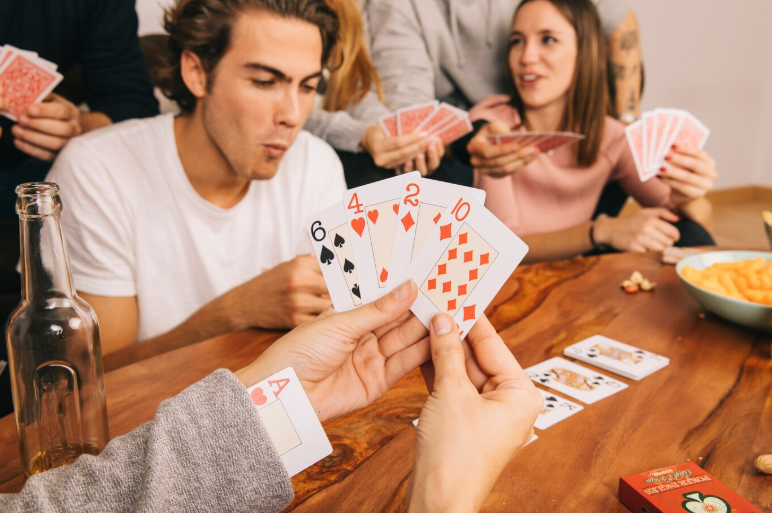
For example, if you see odds of 2 to 1 (or 2/1), this means the bookmaker is staking twice what you’re wagering. If your prediction is correct, you’ll receive twice your stake as profit, plus your original stake returned.
Bonus Tip: Learn which casino games give you the best chance to apply these odds strategies by checking out the types of casino games that favor smarter play.
What Are Good Odds?
Good odds are essentially those offering the best value for your money. Since different bookmakers may offer varying odds on the same event, good odds are those where you’re getting more potential return for your stake compared to what other bookmakers are offering.
The concept of “good odds” also relates to finding value when the probability of an outcome is actually higher than what the bookmaker’s odds suggest.
Fixed Odds vs Dynamic Odds
Before you stake your money, it’s key to know whether the odds you see are locked in at bet time or can shift with live market movements.
| Fixed Odds | Dynamic/Live Odds |
|---|---|
| Set when bet is placed | Fluctuates during event |
| Cannot change after bet confirmation | Change based on game developments |
| Common in pre-event betting | Used in in-play/live betting |
| Provides certainty about potential returns | Offers opportunities based on unfolding events |
Fixed odds remain constant once your bet is placed, regardless of subsequent market changes.
Dynamic odds, commonly used in in-play betting, fluctuate based on what’s happening during the event.
Live betting has become increasingly popular as it allows bettors to react to game developments in real-time, potentially finding value as circumstances change.
Here is a guide from UKGC that you can refer to know about how the gaming machines meet their %RTP.
The 3 Main Ways Odds Are Expressed in Gambling
Understanding the different formats of betting odds is essential as they vary by region and platform.
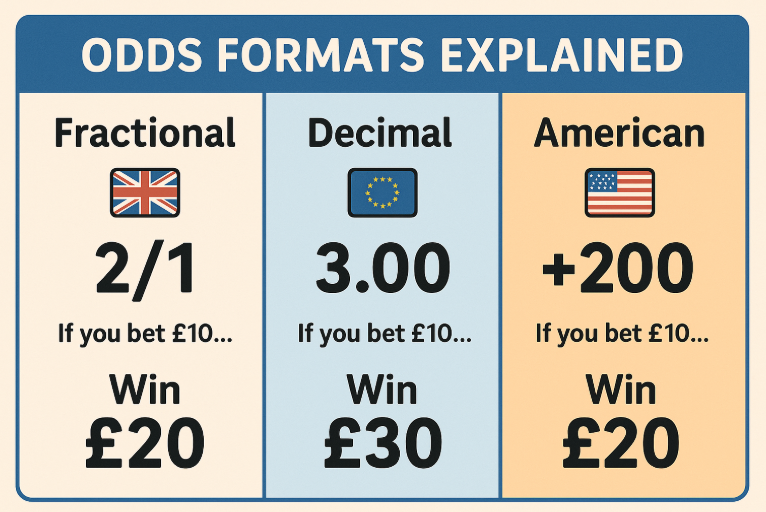
Here’s how to interpret each type of betting odds:
1. Fractional Odds (Common in the UK)
Fractional odds use a fractional format (e.g., 3/1, 7/2, 1/4) to display the probability of an event. In this format, the number on the left represents how much you’ll win, while the number on the right indicates how much you need to stake.
For example:
- 3/1: For every £1 staked, you win £3 (plus your £1 stake back)
- 15/2: For every £2 staked, you win £15 (plus your £2 stake back)
- 1/5: For every £5 staked, you win £1 (plus your £5 stake back)
The first two examples are called “odds-against” bets, where the bookmaker considers the event unlikely to happen.
The third example is an “odds-on” bet, where the bookmaker considers the outcome likely. When both numbers are the same (e.g., 1/1), this is called “evens”, a 50/50 proposition.
2. Decimal Odds (Popular in Europe, Australia, and increasingly online)
Decimal odds represent the total return (including your stake) for every unit wagered. This format is popular in Europe, Australia, and increasingly on online platforms.
To calculate your potential winnings with decimal odds, simply multiply your stake by the decimal value.
For example:
- 5.00: Bet £10, receive £50 total (£40 profit plus £10 stake)
- 2.00: Bet £10, receive £20 total (£10 profit plus £10 stake)
- 1.50: Bet £10, receive £15 total (£5 profit plus £10 stake)
Many bettors find decimal odds easier to work with because they immediately show the total return. A decimal value of 2.00 equates to fractional odds of 1/1 (evens).
3. American Odds (Moneyline Odds)
American odds, also called moneyline odds, are displayed with either a positive (+) or negative (-) sign.
Positive numbers indicate how much profit you would make on a £100 stake, while negative numbers show how much you need to stake to win £100 profit.
For example:
- +250: Bet £100, win £250 profit (£350 total return)
- -125: Bet £125, win £100 profit (£225 total return)
For smaller stakes, you calculate proportionally:
- +250: Bet £10, win £25 profit (£35 total return)
- -125: Bet £10, win £8 profit (£18 total return)
How to Calculate Payouts Based on Odds?
Understanding exactly how your winnings are worked out lets you compare bets and choose the ones that offer the best reward for your risk.
Odds Formulas Cheat Sheet
| From → To | Formula | Example |
|---|---|---|
| Fractional → Decimal | (Numerator ÷ Denominator) + 1 | 5/1 → (5 ÷ 1) + 1 = 6.00 |
| Decimal → Fractional | (Decimal − 1) : 1 | 2.50 → (2.50 − 1) : 1 = 1.5/1 ≈ 3/2 |
| Decimal → American | If D ≥ 2.00: +((D−1)×100)Else: −(100 ÷ (D−1)) | 3.00 → +(2×100)=+2001.50 → −(100/0.5)=−200 |
| American → Decimal | If A > 0: (A ÷ 100) + 1Else: `(100 ÷ | A |
Calculating Fractional Betting Odds
Profit = (Stake × Numerator) ÷ Denominator Total Return = Stake + Profit
- Example: £20 bet at 5/2 Profit = (£20 × 5) ÷ 2 = £50 Total Return = £20 + £50 = £70
Calculating Decimal Betting Odds
Total Return = Stake × Decimal Odds Profit = Total Return – Stake
- Example: £30 bet at 2.75 Total Return = £30 × 2.75 = £82.50 Profit = £82.50 – £30 = £52.50
Calculating American Betting Odds
For positive odds (+):
Profit = (Stake × Odds) ÷ 100 Total Return = Stake + Profit
- Example: £40 bet at +150 Profit = (£40 × 150) ÷ 100 = £60 Total Return = £40 + £60 = £100
For negative odds (-):
Profit = (Stake × 100) ÷ absolute value of Odds Total Return = Stake + Profit
- Example: £50 bet at -200 Profit = (£50 × 100) ÷ 200 = £25 Total Return = £50 + £25 = £75
How Implied Probability Works in Betting
Implied probability is the likelihood of an outcome as suggested by the odds. It’s essentially the bookmaker’s assessment of an event’s chances of occurring.
Converting odds to implied probability helps you evaluate whether a bet offers value. If your assessment of an event’s probability is higher than the implied probability, the bet might be worth placing.
Calculating Implied Probability
Implied probability reveals what bookmakers really think about an event’s chances. Here’s how to decode the odds:
| Odds Format | Formula | Example | Calculation | Implied Probability |
|---|---|---|---|---|
| Fractional (A/B) | B ÷ (A+B) × 100 | 4/1 | 1 ÷ (4+1) × 100 | 20% |
| 1/4 | 4 ÷ (1+4) × 100 | 80% | ||
| Decimal | 100 ÷ Decimal Odds | 3 | 100 ÷ 3.00 | 33.33% |
| 1.25 | 100 ÷ 1.25 | 80% | ||
| American (+) | 100 ÷ (Odds + 100) × 100 | 300 | 100 ÷ (300+100) × 100 | 25% |
| American (-) | |Odds| ÷ (|Odds| + 100) × 100 | -400 | 400 ÷ (400+100) × 100 | 80% |
When the bookmaker offers 4/1 odds, they essentially say there’s only a 20% chance of this outcome happening.
Finding value means identifying situations where you believe an event is more likely to occur than the bookmaker’s implied probability suggests.
Understanding How Bookmakers Profit from Odds
The odds displayed by bookmakers never reflect the actual probability of an event occurring. A profit margin (or “vig”) is built into the odds, ensuring that the bookmaker profits regardless of the outcome.
For instance, in a two-outcome event like a tennis match, the total implied probability of all possible outcomes should logically add up to 100%.
However, when you calculate the implied probabilities from the odds offered, they typically add up to more than 100%. This extra percentage represents the bookmaker’s edge.
This is why the house always wins in the long run; the odds are mathematically structured to favor the bookmaker.
Note: To see how odds and the house edge affect real-world outcomes, look at the average yearly profits casinos make from players; it’s a clear sign of how the math works over time.
Things That Influence Online Casino Odds
Unlike sports betting, online casino odds are shaped by different dynamics. Here’s what determines the numbers you see on your screen:
- Return-to-Player (RTP) Percentages:
Higher RTPs (94-97% for top slots) mean better potential returns - House Edge Programming:
Mathematical advantages vary by game (blackjack <1%, keno highest) - Game Algorithm Design:
RNGs ensure unpredictable yet controlled outcomes - Player Behavior Analysis:
Data helps optimize games and odds - Regulatory Requirements:
Minimum payouts vary by jurisdiction - Promotional Considerations:
Bonuses strategically attract and retain players - Platform Competition:
Lower overhead often means better odds than physical casinos
Remember: All odds include the operator’s profit margin; the house always wins long-term.
Why Understanding Odds Helps You Gamble Smarter
Comprehending odds gives you a clearer understanding of your potential risk and reward, helping you make more informed and strategic betting decisions.
- Make more informed decisions based on value rather than gut feeling.
- Manage your bankroll effectively by understanding risk vs. reward.
- Compare offerings across different bookmakers to find the best value.
- Develop long-term betting strategies based on probability and value.
- Avoid common pitfalls like chasing long shots without considering their true likelihood.
If you feel like you have no control over gambling, even after understanding how betting odds work, seek help via GamCare for Gambling harm support.
Smart Ways to Use Betting Odds
Arming yourself with a handful of smart strategies ensures you spot value bets, protect your bankroll, and avoid common pitfalls.
- Calculate implied probability before placing bets to determine if there’s actual value.
- Compare odds across multiple bookmakers to find the best possible return.
- Consider the true probability versus the implied probability, the key to finding value bets.
- Start with simpler bets until you’re comfortable with odds calculations.
- Keep records of your bets to track performance and identify patterns.
- Don’t chase losses with increasingly risky bets—stick to your strategy.
- Set a budget and bet only what you can afford to lose.
Note: Excessive gambling may become troublesome if not regulated. Gambling can affect your mortgage approval chances, apart from loss of money.
More on Gambling Laws:
Conclusion: Understanding Gambling Odds Leads to More Informed Bets
Understanding betting odds transforms you from a casual punter into an informed bettor. By mastering the three main odds formats, fractional, decimal, and American, you can confidently play any betting platform worldwide and accurately calculate potential returns.
Remember that odds represent more than potential payouts; they reflect probability assessments you can compare with your analysis to find value.
At the same time, the house edge ensures bookmakers profit long-term, and knowing how odds work allows you to make smarter decisions.
Above all, betting should be approached as entertainment rather than a guaranteed income source. With the tools and knowledge from this guide, you’re equipped to make more strategic betting choices while enjoying the thrill of the game responsibly.
FAQs
It’s a 50-50 bet. If you bet £10, you win £10 profit (getting £20 back total).
Each bookmaker has their own opinion on how likely events are and wants to make different amounts of profit. Shop around for the best deal.
+200: Bet £10, win £20 profit (£30 total)
-150: Bet £15, win £10 profit (£25 total)
Probability is the real chance of something happening. Odds show what you’ll win and include the bookmaker’s profit margin.
Yes! For 5/1 odds:
To decimal: 5 ÷ 1 + 1 = 6.0
Most betting sites have a button to switch between formats.
What the bookmaker thinks will happen based on the odds they’re offering. Use this to find good value bets.
Long odds (like 100/1): Big payout but unlikely to happen
Short odds (like 1/4): Small payout but likely to happen
Not always. Higher odds mean less chance of winning. Look for bets where you think something is more likely to happen than the odds suggest.
Never. Odds just show potential payouts and chances. Nothing in betting is guaranteed.
